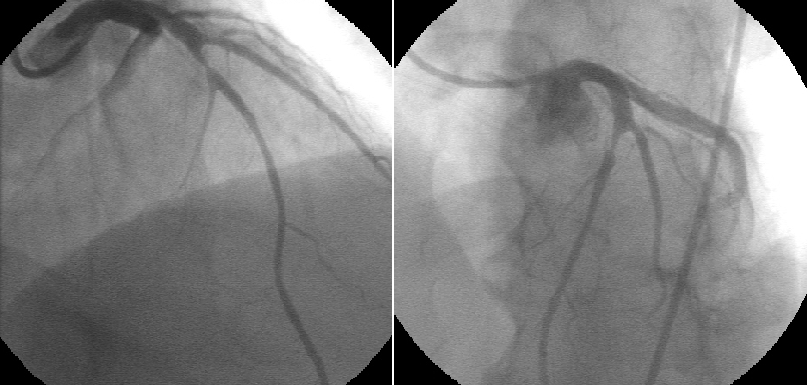

The entire test takes 10 to 15 minutes.Ĭoronary calcium on CT is most commonly quantified using the Agatston score. 11, 12 With modern scanners, the effective radiation dose associated with calcium testing is as low as 0.5 to 1.5 mSv, 13, 14 ie, about the same dose as that with mammography. Electrocardiographic gating is used to reduce motion artifact. Images are acquired while the patient holds his or her breath for 3 to 5 seconds. Thus, there is no risk of contrast-induced nephropathy or allergic reactions. These systems have been replaced by multidetector scanners, in which the x-ray tube and multiple rows of detectors are combined in a gantry that rotates at high speed around the patient.Ĭoronary calcium is measured by non-contrast CT of the heart. 10 A single, stationary detector ring captured the images. This article reviews the usefulness and pitfalls of coronary artery calcium scoring, providing a better understanding of the test, its limitations, and the interpretation of results.įirst-generation CT scanners used for calcium scoring in the 1980s were electron-beam systems in which a stationary x-ray tube generated an oscillating electron beam, which was reflected around the patient table. However, downstream costs, radiation exposure, and lack of randomized controlled trials have raised concerns. Primary care providers are either using it or are seeing it used by consulting physicians, and its relatively low cost and ease of performance have contributed to its widespread use. However, the predictive value of this approach is only moderate, and many coronary events occur in people considered to be at low or intermediate risk.Ĭoronary artery calcium scoring has emerged as a means of risk stratification by direct measurement of disease.

Current guidelines on assessment of cardiovascular risk still rely on the traditional 10-year risk model in clinical practice. T he united states has seen a decline in fatal myocardial infarctions, largely thanks to early detection of coronary artery disease. Given the high negative predictive value of the test, it can also serve to reclassify risk in patients beyond traditional risk factors.Īlong with shared decision-making, elevated calcium scores can guide the initiation of statin or aspirin therapy.Ī high score in an asymptomatic patient should not trigger further testing without a comprehensive discussion of the risks and benefits. Philadelphia, PA: Elsevier Saunders 2015:chap 20.Coronary artery calcium testing is useful in diagnosing subclinical coronary artery disease and in predicting the risk of future cardiovascular events and death. In: Mann DL, Zipes DP, Libby P, Bonow RO, Braunwald E, eds. Coronary arteriography and intracoronary imaging. Philadelphia, PA: Elsevier Saunders 2016:chap 57. 2013 ACC/AHA guideline on the assessment of cardiovascular risk: a report of the American College of Cardiology/American Heart Association Task Force on practice guidelines. Goff DC Jr, Lloyd-Jones DM, Bennett G, et al American College of Cardiology/American Heart Association Task Force on Practice Guidelines. Philadelphia, PA: Elsevier Saunders 2015:chap 19.

In: Mann DL, Zipes DP, Libby P, Bonow RO, Braunwald E, eds.īraunwald's Heart Disease: A Textbook of Cardiovascular Medicine Updated September 2, 2015.ĭavidson CJ, Bonow RO.


 0 kommentar(er)
0 kommentar(er)
